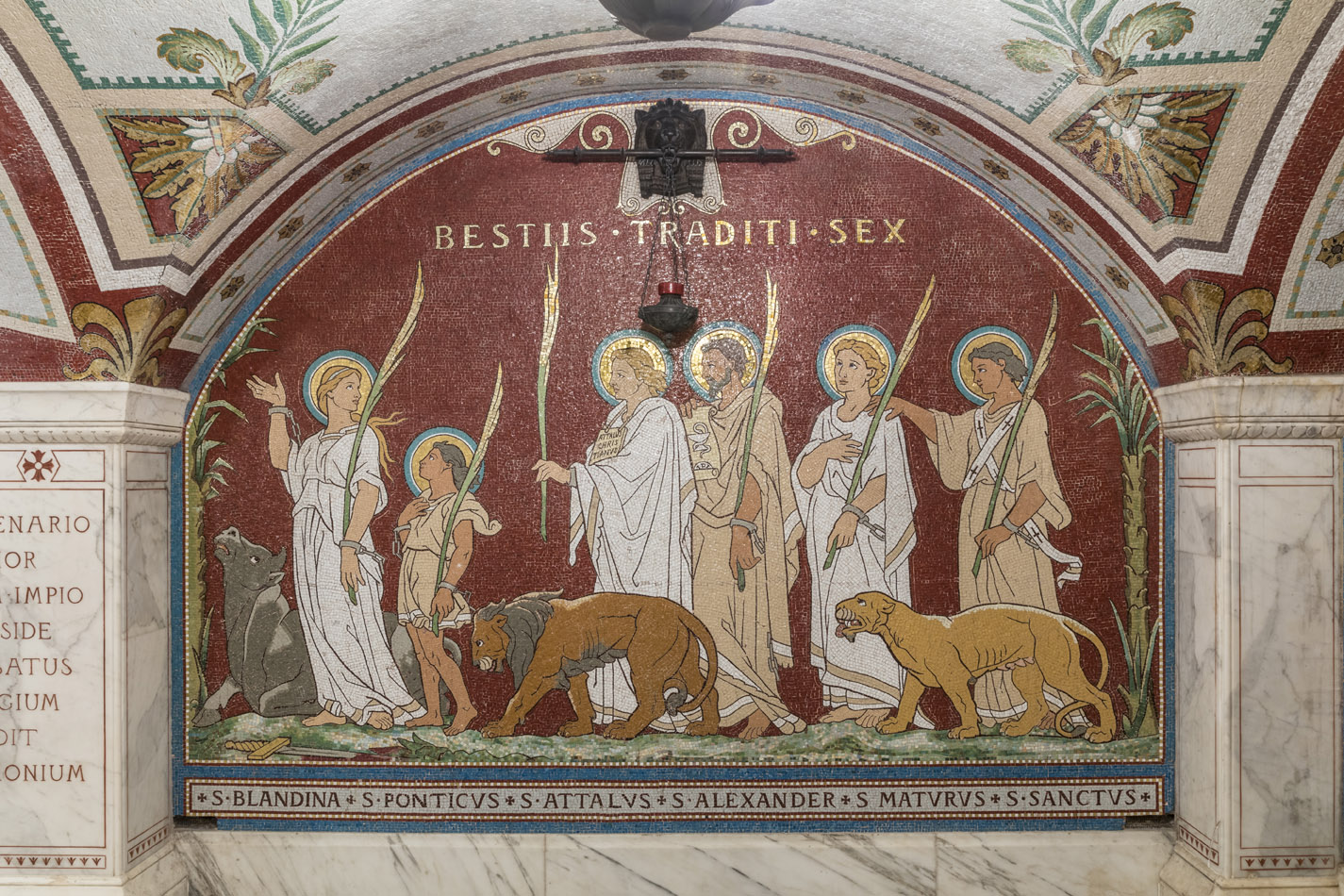A team of archaeologists has unearthed the remains of an ancient underground city built nearly 2,000 years ago in southeastern Turkey to accommodate early Christians seeking to escape Roman persecution.
It is an exceptional discovery that was made in Midyat, in the province of Mardin in the south-east of Turkey. Archaeologists have identified a huge underground city there, almost 2,000 years old, reports the Live Science site.
The team, led by archaeologist Gani Tarkan, unearthed several dozen underground chambers as well as other similar structures, connecting passages, water wells, grain storage silos, living rooms and other places of worship, including a Christian church and a Jewish synagogue. According to the archaeologist, it could be the largest underground city in the world.
A huge complex that could accommodate up to 70,000 people
A discovery that is due to chance. The city of Midyat is a very popular place for tourists. The churches, mosques and monasteries present together form a sort of open-air museum. Two years ago, the town hall ordered a major cleaning project and, during the works, the workers discovered a tunnel leading to the underground city.
A refuge from religious persecution?
Archaeologists estimate that the city’s cellars and corridors may have housed up to 70,000 people, a large city by the standards of the time. Scientists believe that the underground city in Turkey could have served as a refuge for the first generations of Christians who tried to escape the persecutions orchestrated by the Roman imperial power.
At the beginning of the 1st century AD, Roman authorities did not distinguish between Jews and Christians. At the time, many Christians were indeed also Jews. The situation changed in the year 64, when the Emperor Nero accused the Christians of having deliberately caused the fire that swept through Rome. These persecutions, although sporadic, continued until 313 AD. when Emperor Constantine issued the Edict of Milan, making Christianity the official religion of the Roman Empire.
According to the artifacts found on site and the decorations painted on the walls, this underground complex would have been erected during the 2nd or 3rd century AD. And, much remains to be discovered. Archaeologists estimate, in fact, that only 5% of this city has been excavated so far.
This underground city was named “Matiate” in Turkey and welcomed the first christians, a nod to the ancient Assyrian name of Midyat. While the province of Mardin already attracts thousands of tourists a year, this exceptional discovery should attract even more people.



